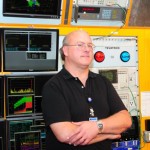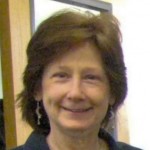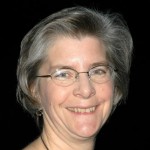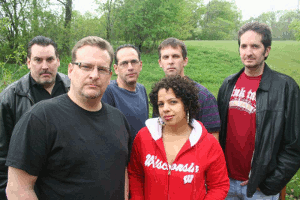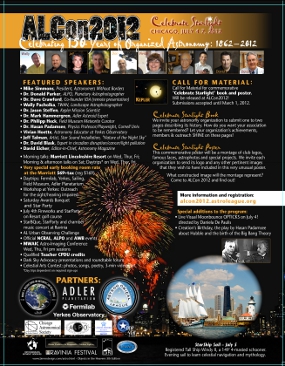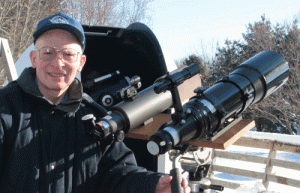 Barry B. Beaman has been an amateur astronomer actively observing the sky for about 55 years. For more than 20 years he was a member of the Astronomical Society of the Pacific and has served as an advisor to three ASP outreach projects, Family ASTRO, Amateur Astronomers as Outreach Ambassadors, and Night Sky Network. He participates in Night Sky Network with the Rockford (Illinois) Amateur Astronomers, Inc and is a past president of RAA. He has been an active member of American Association of Variable Star Observers for 47 years. His ongoing observing program has produced more than 20,000 variable star estimates. In 2009 completed the last of three terms on the AAVSO Council. He has been very active with the Astronomical League in several roles including President (1994 – 1998), Vice President (1992—1994), Nominating Committee Chair (1984), and NCRAL Chair (3 years, early 1980s). Presently he is the Education and Public Outreach (E/PO) Chair.
Barry B. Beaman has been an amateur astronomer actively observing the sky for about 55 years. For more than 20 years he was a member of the Astronomical Society of the Pacific and has served as an advisor to three ASP outreach projects, Family ASTRO, Amateur Astronomers as Outreach Ambassadors, and Night Sky Network. He participates in Night Sky Network with the Rockford (Illinois) Amateur Astronomers, Inc and is a past president of RAA. He has been an active member of American Association of Variable Star Observers for 47 years. His ongoing observing program has produced more than 20,000 variable star estimates. In 2009 completed the last of three terms on the AAVSO Council. He has been very active with the Astronomical League in several roles including President (1994 – 1998), Vice President (1992—1994), Nominating Committee Chair (1984), and NCRAL Chair (3 years, early 1980s). Presently he is the Education and Public Outreach (E/PO) Chair.
In that capacity he was invited to participate in the Wisconsin Earth and Space Science Initiative (WESSI). Professionally, he is a retired American Society for Quality Certified Quality Engineer and Certified Software Quality Engineer with 35 years experience in aviation, manufacturing, and software systems. Twenty six of those years were at Woodward Governor Company. Software experience included participating in writing the international standard for airborne software for commercial aircraft. He has a Bachelor of Science in Physics from Illinois Wesleyan University and a Master of Science in Logistics Management from Air Force Institute of Technology.
Illinois – Where Astronomical Photoelectric Photometry Grew Up
In 1903 Dr. Joel Stebbins joined the University of Illinois faculty as an astronomy instructor and Director of the University of Illinois Observatory. In 1905 he and F. C. Brown began experimenting with Selenium Cell photometry and developed the equipment and many of the photometric practices used then. Some of those practices still apply today. This talk will trace the history of Dr. Stebbins career and his development of photoelectric photometry from 1903 to 1922. Join me to find out how Dr. Stebbins’
wife, May, caused a change in astronomical observing that continues today.

